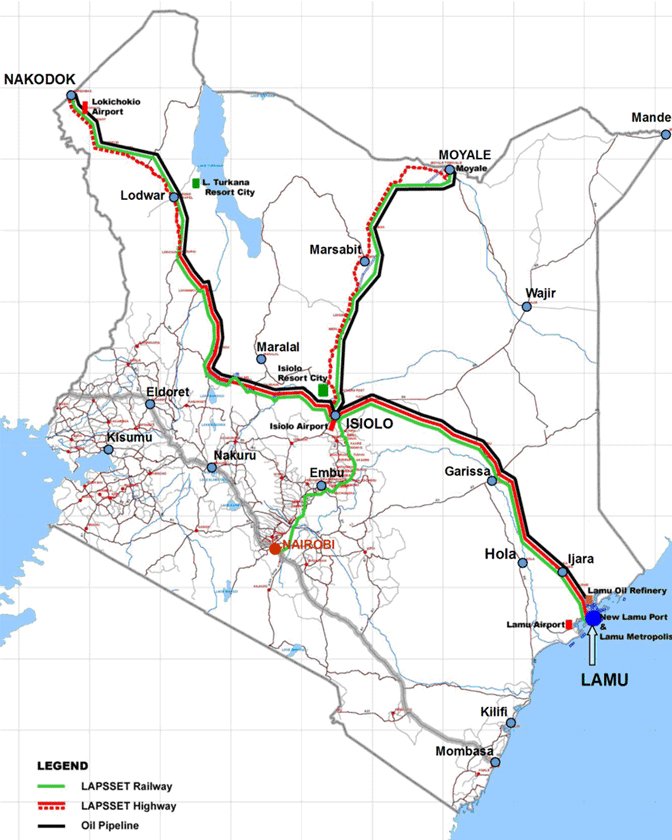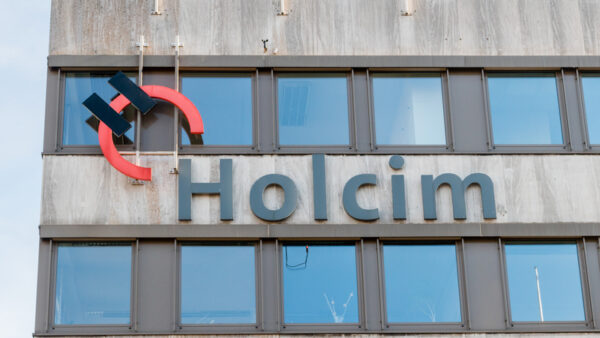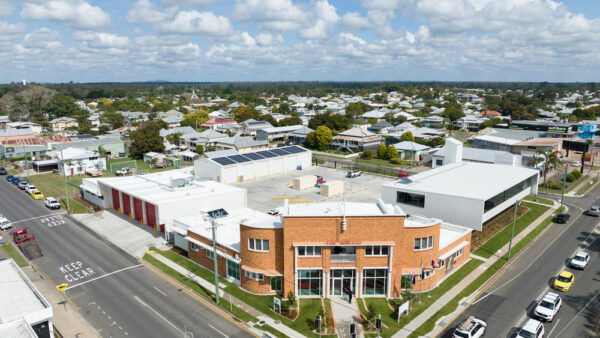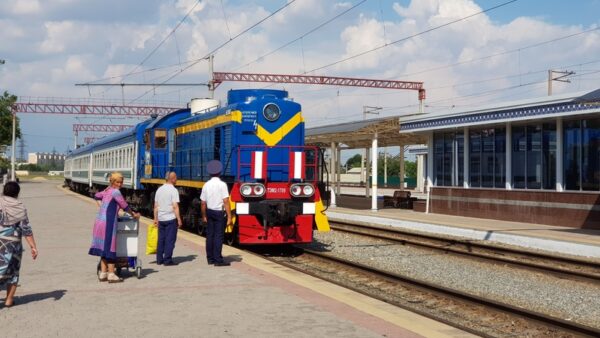An official at Kenya Ports Authority (KPA) has told China’s Xinhua news agency that the long awaited Lamu seaport will open for business in June.
Being built by China Communications Construction Company (CCCC), the port is part of Kenya’s bid to become the principal trade hub in East Africa.
It is also part of LAPSSET, which stands for the Lamu Port South Sudan-Ethiopia Transport Corridor. If all the proposed schemes are built, this will include roads, oil and fibre-optic lines, a 1,500km railway, an airport and a refinery, and will require investment of around $24bn.
Bernard Osero, KPA’s head of corporate affairs, said the government had prioritised Lamu as the means of linking east and west Africa by road and rail.
“Lamu port will specialise in handling containers and oil cargo between the east African hinterland and the rest of the world … and will enable Kenya to become a gateway of choice for Ethiopia, South Sudan and Somalia,” he said.
When originally conceived in 2012, Lamu was to be a massive, 16-year scheme that would require around $3bn in investment to produce one of the biggest ports in the world (see further reading).
It was to be able to handle 24 million containers a year, which would make it the fourth busiest port in the world in 2020, after Shenzhen, Singapore and Shanghai.

The route of the LAPSSET corridors (Nairobi123/public domain)
CCCC’s contract was to build the first three of 32 berths for $480m, although the outturn cost was reported earlier this month to be $370m.
The first berth was completed in August 2019, and work was to have been completed last year, a timetable that was put back by the Covid-19 pandemic. Work is under way now to install cranage and other equipment.
KPA now has to find investors for the other 29 berths. According to the Kenyan Star news site, Danish shipping giant Maersk is among the carriers interested in playing a role in future expansions, including a special economic zone for manufacturers.
Meanwhile, work is continuing on building LAPSSET’s road links. The port will rely on links with Ethiopia, the most dynamic of the regional economies, and this will in turn depend on a 1,425km highway between Lamu and Moyale, on the Kenyan-Ethiopian border.
Work is now taking place on the 257km section between Lamu and Garissa (see map), which is expected to be finished in 12 months. A 157km section between Garissa and Modogashe is complete and a 165km stretch between Modogashe and Wajir is out to tender.
Top image: LAPSSET’s image of China Communication’s work on Lamu’s first three berths
Further reading:






